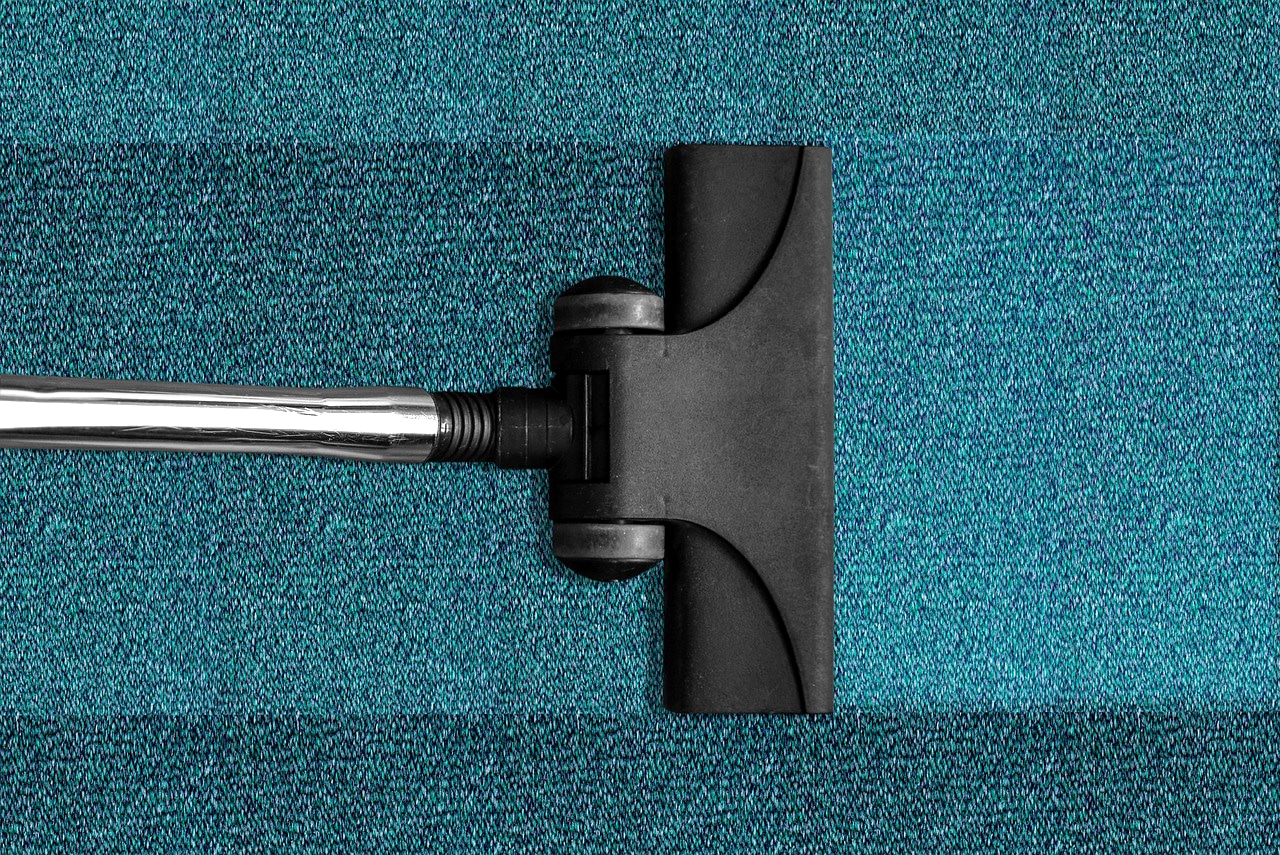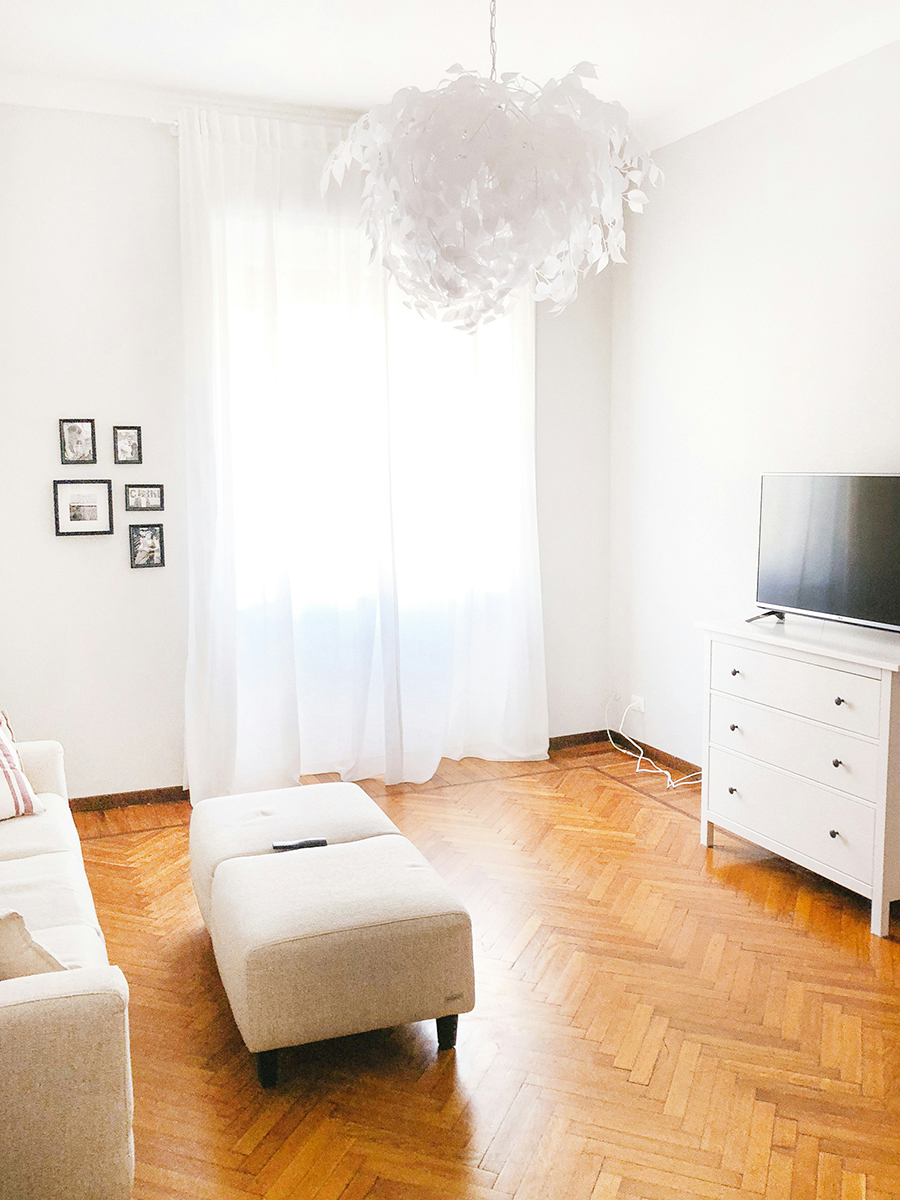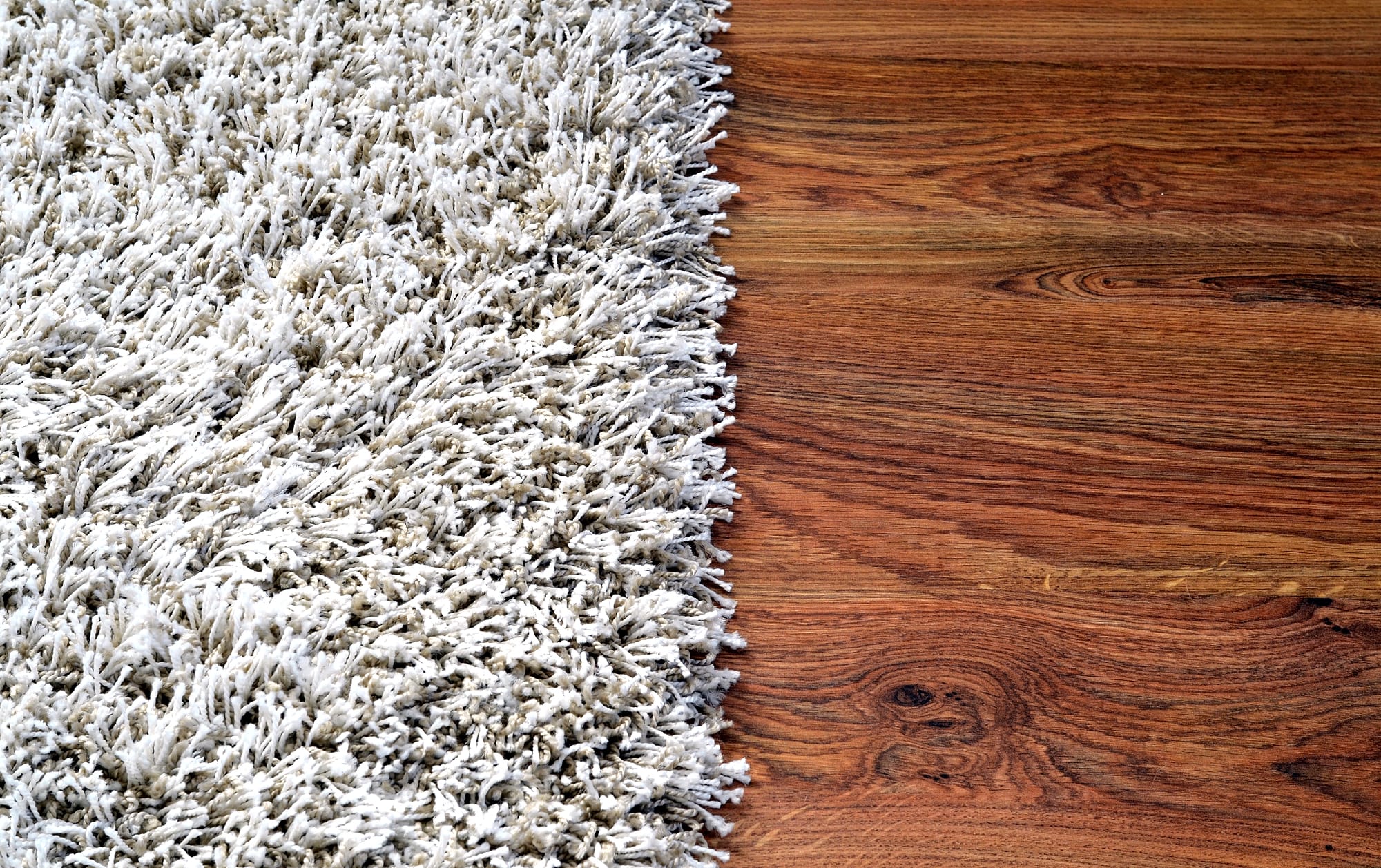As a homeowner, it’s easy to feel torn between carpet vs timber flooring. Both have their unique appeal, and it can be a tough decision figuring out which will truly complement your living space. Each brings something different to the table—comfort, style, durability—but timber flooring often stands out for a variety of reasons.
In this article, we’ll explore the pros and cons of each, helping you navigate through the choices and make an informed decision. By the end, you’ll be ready to choose the flooring solution that’s best suited to your home, your lifestyle, and your aesthetic.
Continue reading to learn more, or give us a call on (02) 8425 8999 for more information and a free quote.
Design and Style
When it comes to offering timeless appeal, timber flooring is unrivalled. Hardwood floors bring a classic, natural beauty to any space, offering a wide variety of wood species, colours, and finishes to suit any design preference. The distinct grain patterns in timber floors create a warm, clean, and elegant aesthetic that can adapt seamlessly to any interior style.
Whether your taste leans toward modern, rustic, or something in between, timber floors offer versatility and a richness that carpet simply can’t match. This makes them an excellent choice for busy areas and spaces where you want to make a bold statement.
Moreover, timber floors can also match any interior style and design by choosing the right wooden species and finishing them with stains.
Cleaning and Maintenance

Timber floors are easy to clean and maintain. To begin, cleaning a timber floor requires just a regular mop and sweep, whereas you need to vacuum carpets at least once a week and steam clean them at regular intervals. Like vinyl or laminate flooring, timber floors are hypoallergenic, while carpets are more susceptible to trap dust and allergens.
In terms of maintenance, timber floors can easily be revived by floor sanding and polishing every 10 to 15 years. Besides, wooden floor sanding enables an easy repair or removal of stains, scratches and other minor imperfections. Getting a professional floor sanding and polishing service done will make it easy for you to maintain timber floors in good condition for many years.
Durability

There’s no doubt that timber floors are durable. Solid hardwood floors can last up to 100 years or even more with proper maintenance, while even the best quality carpets last only for about 9 to 15 years with high maintenance.
Some native Australian species, such as Blackbutt and Spotted Gum, have higher densities, making them relatively more durable. Timber floors can be sanded and refinished many times, depending on their quality and thickness, making them look brand new for generations.
Carpets do not have such longevity; you will have to go for a brand new one if your old carpet has worn out.
Green and Sustainable
Timber floors are a greener, sustainable flooring option. In some cases, freshly installed carpets may emit harmful chemicals and VOCs that lower the air quality.
Though there are “green” carpets, such as wool carpets and carpet tiles, timber floors remain the best in terms of life cycle assessment. This involves consideration of factors like energy consumption, service life, air emissions, recycling, and disposal.
Timber floors such as cork and bamboo are more sustainable flooring than the rest. Reclaimed timber flooring is another sustainable option since it reduces the environmental hazards of manufacturing a new one.
Factors to Consider
When choosing between hardwood and carpeted flooring, there are several things to consider. Each option has its own set of advantages depending on how and where it’s used in your home, so it’s important to weigh the practical needs of your space.
For instance, considering the way you use each room to your household’s lifestyle, budget, and design preferences will guide you toward the best choice. Let’s explore each one to make your decision a little easier.
Room Usage

When deciding between carpet and timber flooring, consider how each room in your home is used. Bedrooms and living rooms are spaces where comfort typically takes centre stage, and carpet can provide that soft, cushioned feel underfoot.
It’s a cosy option, especially in areas where you might want to kick off your shoes and relax. On cooler mornings, the warmth of carpet adds a layer of comfort that can’t be beaten.
On the other hand, high-traffic areas like hallways, kitchens, and entryways demand something a bit tougher. This is where the durability of timber flooring really shines.
Timber floors are designed to stand up to the hustle and bustle of daily life, and when maintained properly, they look even better with age. Plus, in areas prone to spills and messes, like kitchens, the easy-to-clean quality of hardwoods can be an absolute game-changer.
Lifestyle

Your family’s lifestyle should heavily influence your choice of flooring. If you have young children or pets, carpet can be a practical option for its softness and cushioning. It helps create a safe and comfortable environment, especially for the little ones with their sensitive feet.
However, it’s worth considering that carpets tend to hold on to pet hair, dirt, and allergens, which might require frequent cleaning to stay fresh and hygienic.
For households with allergies or busy schedules, timber flooring can be a more manageable and hypoallergenic choice. Hardwood doesn’t trap dust or allergens, making it easier to keep your home clean.
And if your pets have a habit of scratching up surfaces, hardwood can handle the wear better than softer materials, especially when protected with rugs in key areas. Consider these factors when choosing either a carpet or a wooden floor in your living room.
Budget
When it comes to flooring, balancing your immediate budget is crucial. Carpet is typically less expensive upfront, both in terms of material and installation costs. It’s a great choice for those looking to refresh a space on a tighter budget.
However, carpets have a shorter lifespan and will probably need replacing within 8-10 years, especially in busy areas where wear and tear is more evident.
Timber, while carrying a higher upfront cost, offers unmatched longevity and value. With proper care, hardwood flooring can last for decades, and even when it starts to show signs of wear, it can be sanded and refinished to look as good as new.
So, while the initial investment may be steeper, timber flooring tends to pay for itself over time, especially if you’re considering your home’s resale value.
Aesthetic Preferences

Flooring isn’t just functional; it plays a huge role in the overall aesthetic of your home. If you’re leaning toward a luxurious, timeless look, hardwood is an easy choice. The natural grain patterns, rich tones, and classic appeal of timber can elevate any room, making it feel more sophisticated.
Whether your style leans toward modern minimalism or something rustic, hardwood fits seamlessly into a variety of styles, adding a sense of permanence and warmth.
That said, if you’re going for a cosier, hygge vibe, especially in personal spaces like bedrooms, a carpet might be the better fit. It provides a sense of warmth and comfort that hardwood simply can’t replicate, making it ideal for spaces where you want to relax and unwind.
With an endless array of colours, textures, and patterns to choose from, carpet also offers versatility in design, allowing you to customise your space to match your exact vision.
FAQs
Before making your final decision between carpets and wood flooring, it’s natural to have a few questions. Choosing either option is a significant investment, so you want to be sure it aligns with your needs, lifestyle, and budget. Below, we’ll address some of the most common concerns homeowners face when deciding between carpet and hardwood flooring.
Is Carpet Cheaper Than Floorboards?
Yes, generally speaking, carpet is cheaper than timber floorboards upfront. The material costs for carpet are lower, and installation tends to be quicker and less labour-intensive, which helps keep costs down. If you’re on a tight budget and need to cover large areas, carpet can be a more affordable option.
However, it’s important to consider long-term costs. Timber floorboards, while more expensive initially, can last decades with proper care. Carpets, on the other hand, may need replacing every 8-10 years, which can add up over time. So while carpet might be cheaper upfront, timber floors often offer better value over time.
Is Carpet Better Than Hardwood?
The answer to this really depends on your needs. Carpet offers a cosy, cushioned surface underfoot, making it ideal for bedrooms and living rooms where comfort is key. It also provides excellent sound insulation and helps keep spaces warm during colder months.
Hardwood, on the other hand, brings unmatched elegance and durability. It’s easier to clean, hypoallergenic, and can last for generations with the right maintenance. If you’re after a timeless, sophisticated look that adds value to your home, hardwood is the superior choice.
Can You Refinish Carpet Like You Can Hardwood?
No, you can’t refinish carpet like you can wood floors. Once carpet shows signs of wear, stains, or damage, it should ideally be replaced. Hardwood, however, can be sanded and refinished multiple times, restoring its original beauty and extending its lifespan significantly.
Make the Right Choice for Your Space!

Both carpets and timber floors are versatile and have unique benefits and downsides. However, timber floors are a classic and appealing lifetime investment and often, during resale, attract more attention.
For more information on timber floor care and maintenance, reach out to our expert floor sanding and polishing team at Abacus Flooring. We provide the best flooring installation, maintenance, staining and polishing services for the most competitive prices in Sydney, Australia.


